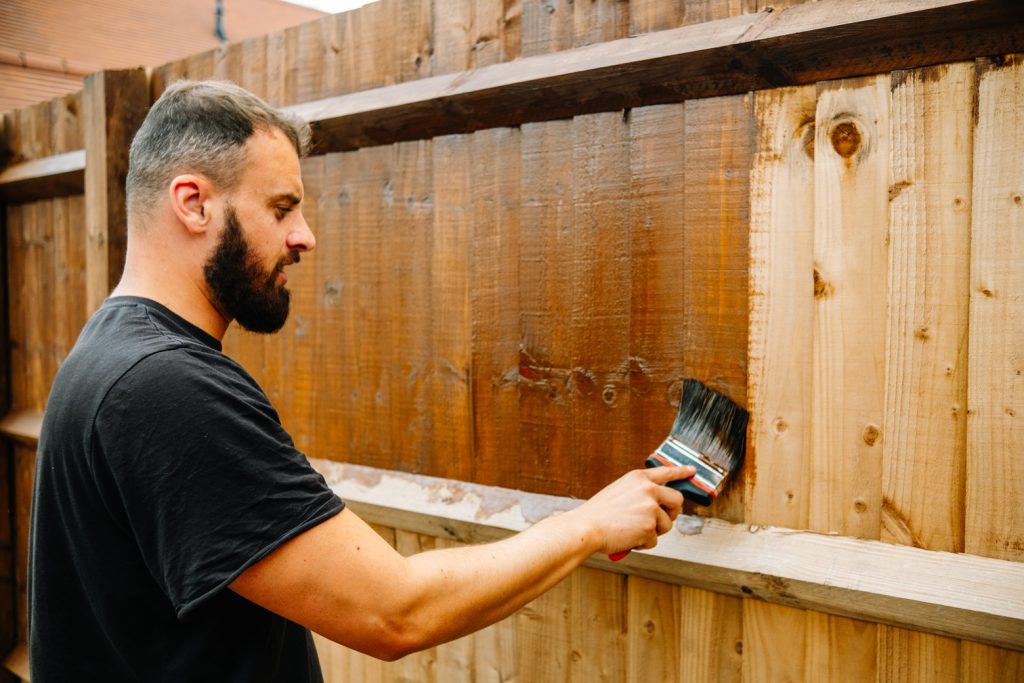Woodworm infestations can be a homeowner’s worst nightmare, as they compromise the structural integrity and aesthetic appeal of wooden furniture, flooring, and structural elements. Swift and effective woodworm treatment is essential to halt the damage caused by wood-boring insects and preserve the beauty and longevity of wood. In this article, we will explore the importance of woodworm treatment, identify signs of infestation, and discuss practical steps to eradicate woodworm and protect your cherished wooden possessions.
Understanding Woodworm Infestation:

Woodworm refers to the larvae of wood-boring beetles, such as the common furniture beetle (Anobium punctatum). These larvae burrow into wood, creating tunnels as they feed and grow, ultimately weakening the wood structure. Identifying and treating woodworm infestations at an early stage is crucial to prevent further damage.
Recognizing Signs of Woodworm Infestation:
Several indicators suggest the presence of woodworm:
- Small round exit holes (typically 1-2mm in diameter) on the wood surface.
- Fine, powdery frass (woodworm excrement) around the exit holes.
- Weak or crumbling wood.
- Visible tunnels or galleries within the wood.
- Adult beetles emerging from the wood.
If you notice any of these signs, it is essential to take immediate action.
Assessing the Severity of the Infestation:

Before proceeding with treatment, assess the extent and severity of the woodworm infestation. Determine whether it is an active infestation or an old, inactive one. Active infestations require immediate treatment, while inactive infestations may still require preventive measures to protect against future re-infestations.
Choosing the Right Treatment Method:
Effective woodworm treatment involves eradicating both the larvae and adult beetles. The treatment method depends on factors such as the type of wood, the severity of the infestation, and personal preferences. Common treatment methods include:
- Surface Treatments: Suitable for minor infestations, surface treatments involve applying woodworm treatment products, such as sprays or gels, directly onto the affected wood. These products kill the larvae and adult beetles on contact.
- Injection Treatments: Injection treatments involve injecting a woodworm treatment solution into the affected wood using a syringe or injector. This method ensures the treatment penetrates deep into the wood, targeting hidden larvae and beetles.
- Fumigation: Fumigation is typically employed for severe infestations or when the infestation affects inaccessible areas. Professional fumigation involves sealing the infested item or space and introducing fumigants that eradicate wood-boring insects.
- Heat Treatment: Heat treatment involves raising the temperature of the infested wood to a level that kills the larvae and beetles. Professional heat treatment ensures even heat distribution throughout the wood, eliminating the infestation.
Consulting with a professional pest control specialist can help determine the most suitable treatment method for your specific situation
Preventive Measures:

After treatment, it is crucial to implement preventive measures to protect against future woodworm infestations:
- Ensure proper ventilation to reduce humidity levels, as high moisture content attracts wood-boring insects.
- Regularly inspect and maintain wooden structures, furniture, and flooring to identify and address any signs of infestation promptly.
- Apply wood preservatives or treatments that act as a deterrent to wood-boring insects.
- Store and handle wood items in dry and well-ventilated areas, away from sources of moisture.
Conclusion:
Woodworm infestations pose a significant threat to the structural integrity and beauty of wooden items. Swift action and effective woodworm treatment are essential to halt the damage caused by wood-boring insects. By recognizing the signs of infestation, choosing the appropriate treatment method, and implementing preventive measures, you can protect your cherished wooden possessions and ensure their longevity. If in doubt or faced with severe infestations, seeking professional assistance from a pest control specialist is highly recommended. With proactive measures and timely treatment, you can preserve the natural beauty and integrity of wood for years to come.